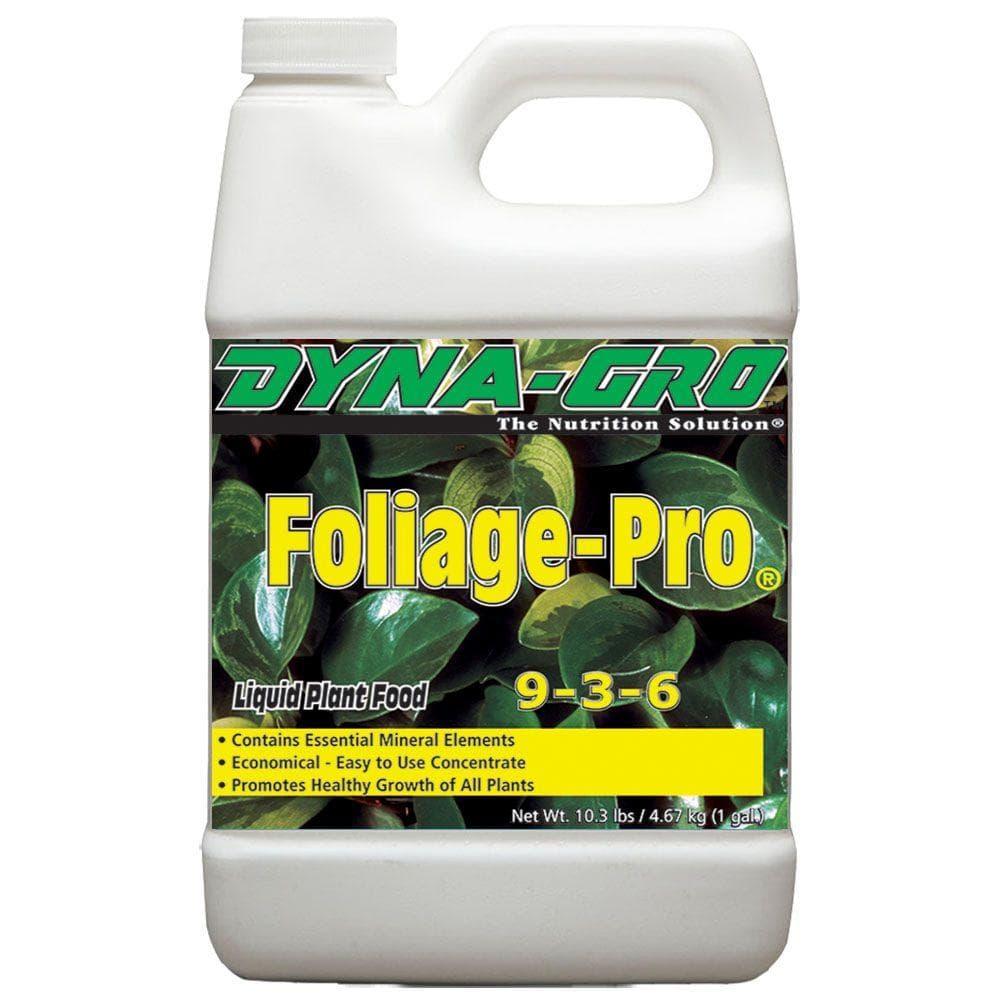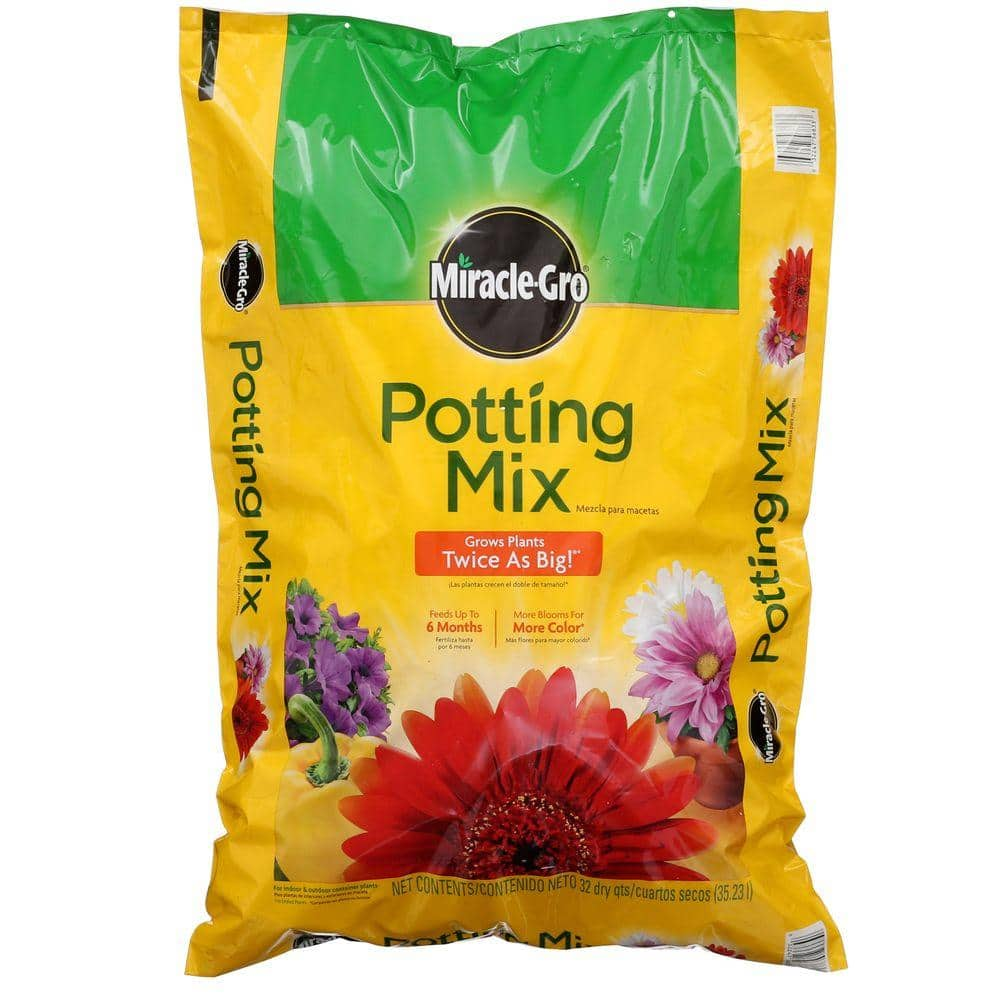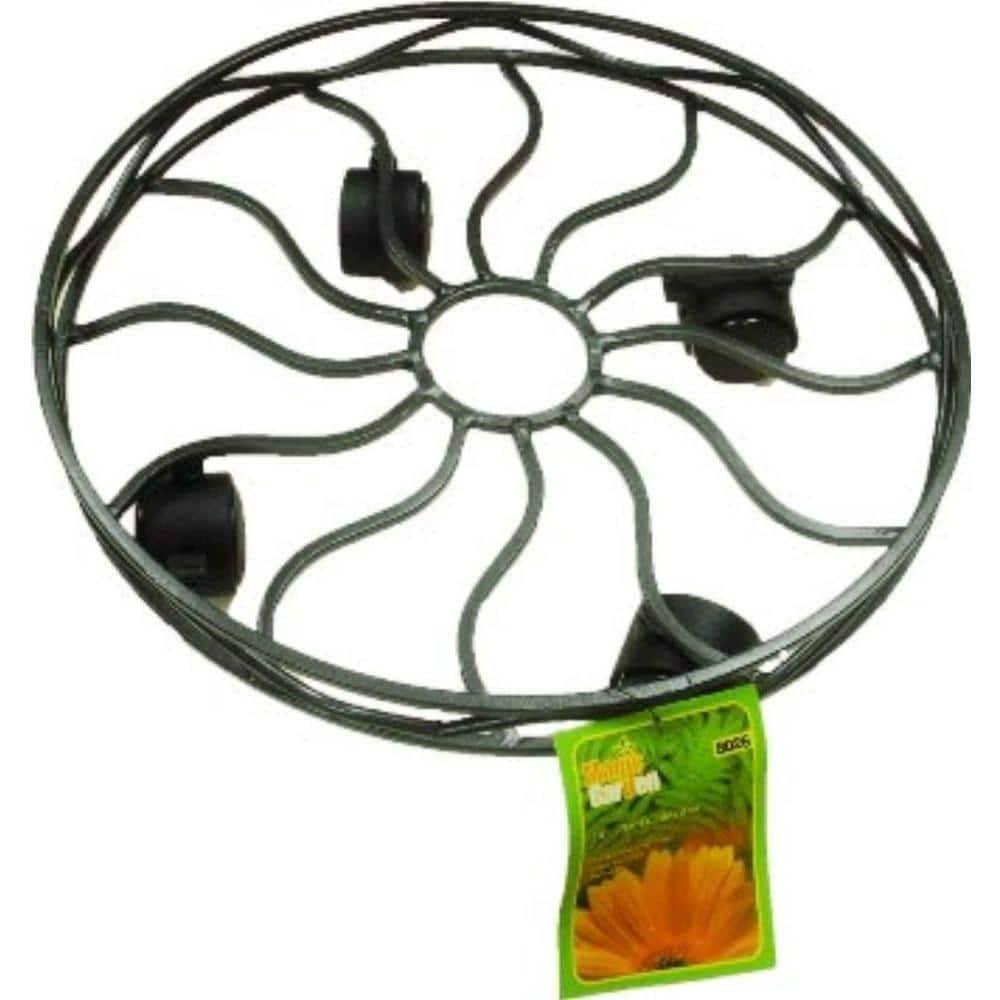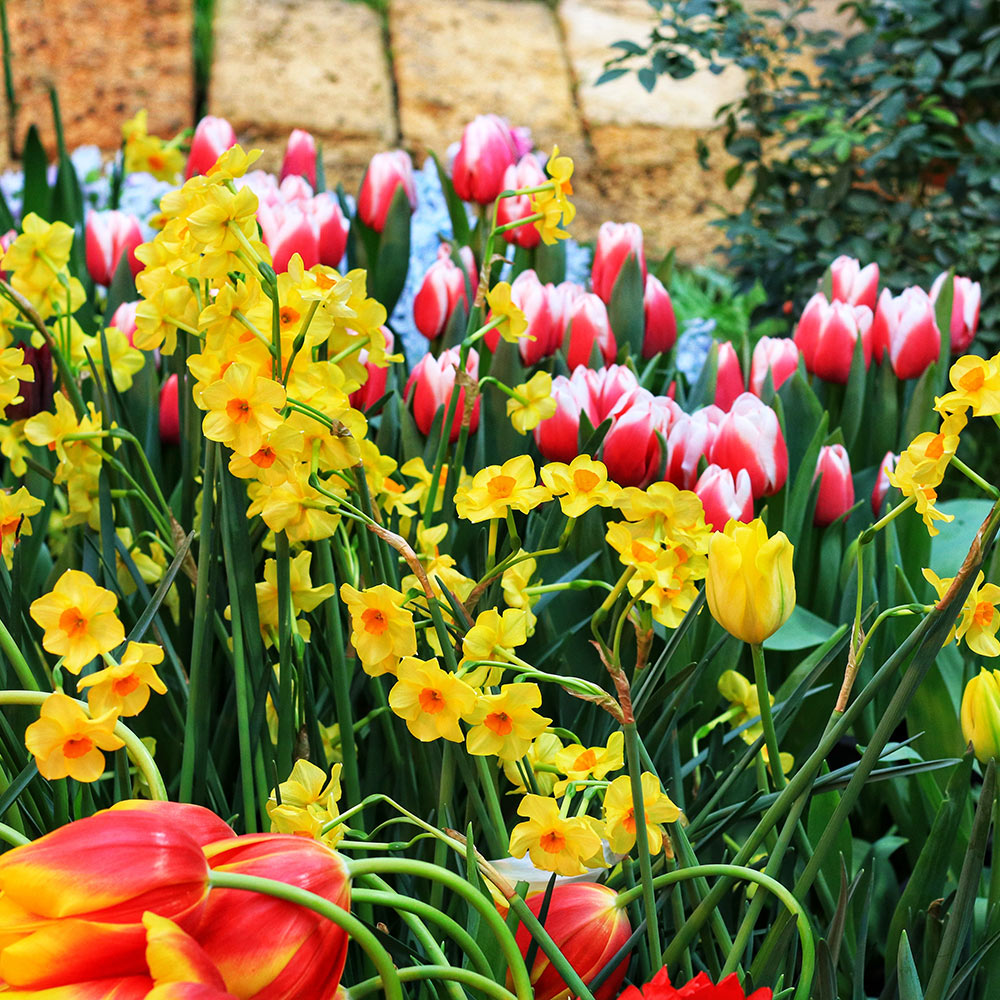How to Grow Hostas in Pots
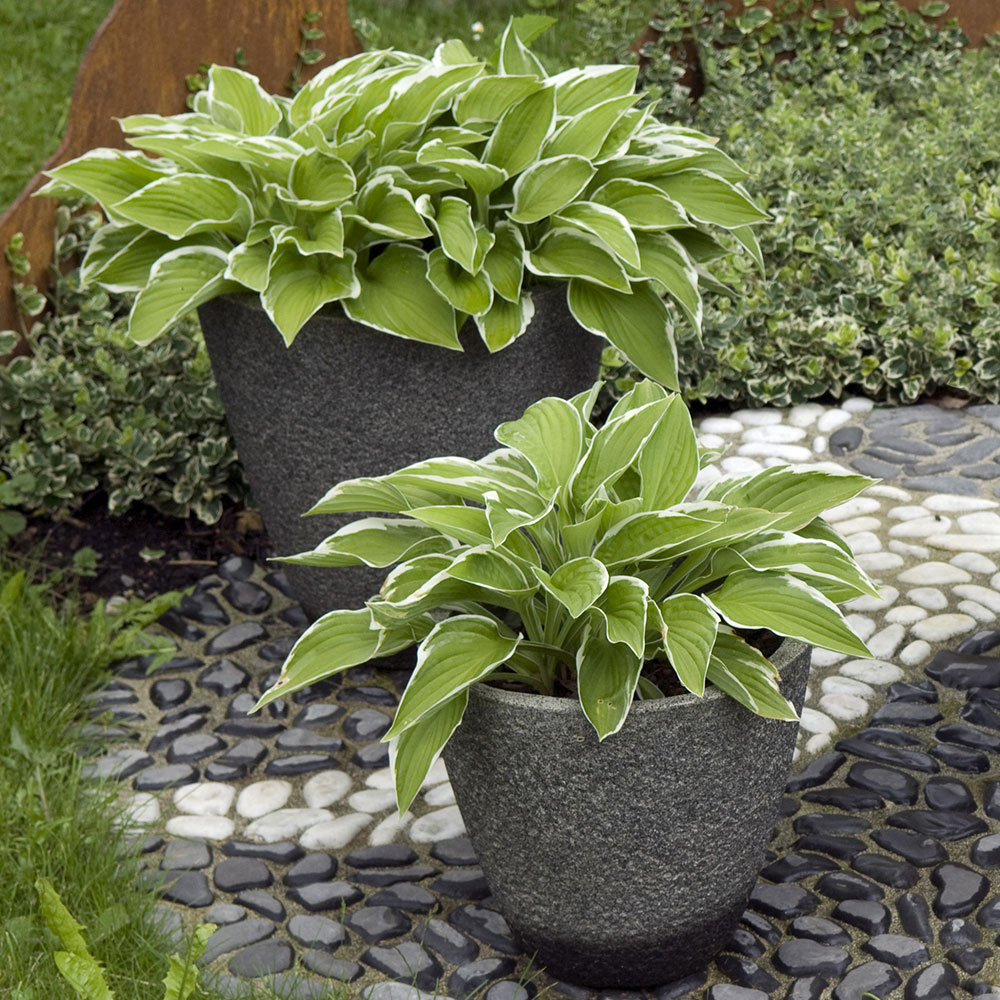
Last updated September 7, 2023
Shade-loving hostas are a natural choice for containers. With their scene-stealing foliage, they enhance a space. They seamlessly add interest to flower beds, patios and porches.
The flower stalks are not the star of the show. But they will add structural height and in some cases, fragrance, to containers. Check out tips and tricks below to enjoy hostas in your home and garden.
Table of Contents
Tips for Planting Hostas
Steps to Plant Hosta in Containers
Plant a Mixed Container with Hostas
Add Colorful Annuals
Tips for Planting Hostas

Perennial hostas are all about the foliage. They have leaves ranging in colors from chartreuse to green and deep teal. There are stripes and textures, some even with a puckered seersucker effect. All this, and a bonus of blooms in late summer. When planting hostas, keep in mind:
- Just about any planter will do, but urns look extra nice with hosta. Be sure to get a container at least 20 inches in diameter.
- Growing hostas in urns elevates them. This separates them from the slugs and snails that like to dine on their foliage.
- We suggest planting next to your home. Then, Hosta-seeking deer may look elsewhere for a snack.
- When choosing hosta plants for containers, look for small varieties like Whirlwind. Save the massive specimens for the landscape and the backyard.
- Hostas in containers thrive in light or moderate shade. A site with morning light is good. Protection from late afternoon sun makes it better.
- A plant caddy makes easy work of moving containers from spot to spot.
- Variegated hostas alone look elegant in an urn. Or you can add a trailing vine such as Creeping Jenny or English ivy.
- Hostas play well with other shade-tolerant plants. Options like Shasta daisies, violas, or pansies work great. Heuchera, coleus, impatiens and begonias are excellent, too. Tuck a few daffodils deep in the container for a welcome bright spot in spring.
Follow these steps to enjoy hostas in different ways.
Steps to Plant Hosta in Containers
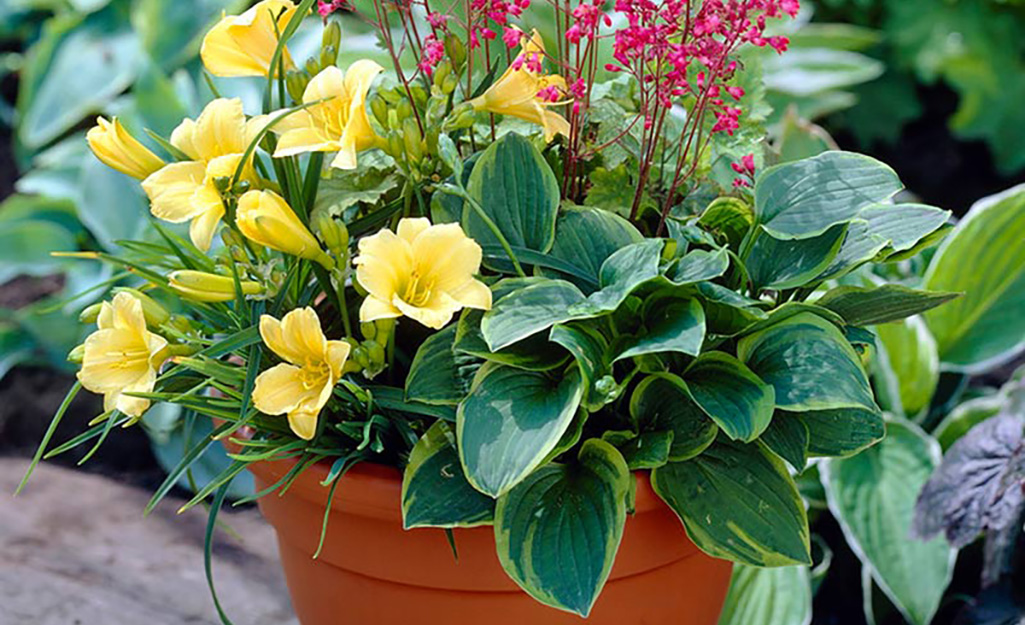
Small varieties of hostas work excellent in containers. Whirlwind works great, but there are other varieties as well. Some popular options are Blue Mouse Ears, Tiny Tears, or Cracker Crumbs. Dragon Tails and Baby Bunting hostas are also elegant. These tiny treasures grow less than a foot tall. Generally fitting within a square foot of area, containers are perfect.
- When selecting pots, allow for 2 to 3 inches of room between plant and pot wall.
- Make sure the container has adequate drainage. If needed, drill extra holes in the bottom of the pot. Rocks in the bottom of the pot aren’t necessary for drainage.
- Plant with quality potting mix and give the plants’ roots more room. Use fresh, high-quality potting mix, not garden soil. Potting mix both absorbs and drains water better. Thus, giving plants what they need to grow in a confined space.
- Remove plants from nursery container. It will probably be root-bound. Pull off the large roots wrapped around the root ball. Use your fingers to pry the center mass apart. Shake out the roots before popping into the planter.
- Pack with more potting mix. For added benefit, finish with mulch or sheet moss dampened with water. Spread the final layer across the top of the container.
- Give container a good drink of water and set in partial shade.
- Allow a few weeks for the plants to settle in.
- Feed with a 10-10-10 all-purpose fertilizer.
Plant a Mixed Container with Hostas

Hostas look amazing next to contrasting plants. Consider one of the following options when looking for companion plants with hostas:
- Pair with sunny violas and pale green flowering kale. It's a perfect early spring planting.
- Plant hostas next to thick and lush golden lysimachia. It spills out of the container and a beautiful color that stands out. The small lysimachia leaves add interest without taking over the big hosta leaves.
- If you want a simple, quaint, cottage-y look, add sweet alyssum. The tiny white flowers pop out from under the wide hosta leaves. Added bonus? It smells amazing.
- Pansies and hostas are fabulous because they both love cool, dappled sun conditions. Pansies are easy to grow and thrive in neglect. If your hosta is huge, add cool wave pansies. They work as a trailing flower.
Add Colorful Annuals

If you want to grow hostas in your landscape, annuals make great companion plants. They also accent well in a container placed in a garden bed.
- Tricolored violas, or Johnny Jump-Ups, complement hosta and flowering kale.
- Playing with foliage texture and color is easy with Coleus. Flowers are fun, but don't overlook foliage pairing. Coleus is similar to hostas in which there are small and large varieties. Thus means there are infinite combos to try with coleus and hostas. Maintenance is low with no required deadheading.
- Begonias and hostas are a popular combination. They come in a wide variety of colors: pink, red, white and yellow. Flowers are large and rose-like, able to be seen from a distance.
- Pair with impatiens, low growing and bushy flowers. The flowers look tropical with lots of colors. A large hosta, like Empress Wu, pairs excellent. Add some ivy in a container to spill out of the pot for extra flair.
Looking for a tool to complete your next hostas gardening project? The Home Depot delivers online orders when and where you need them.


